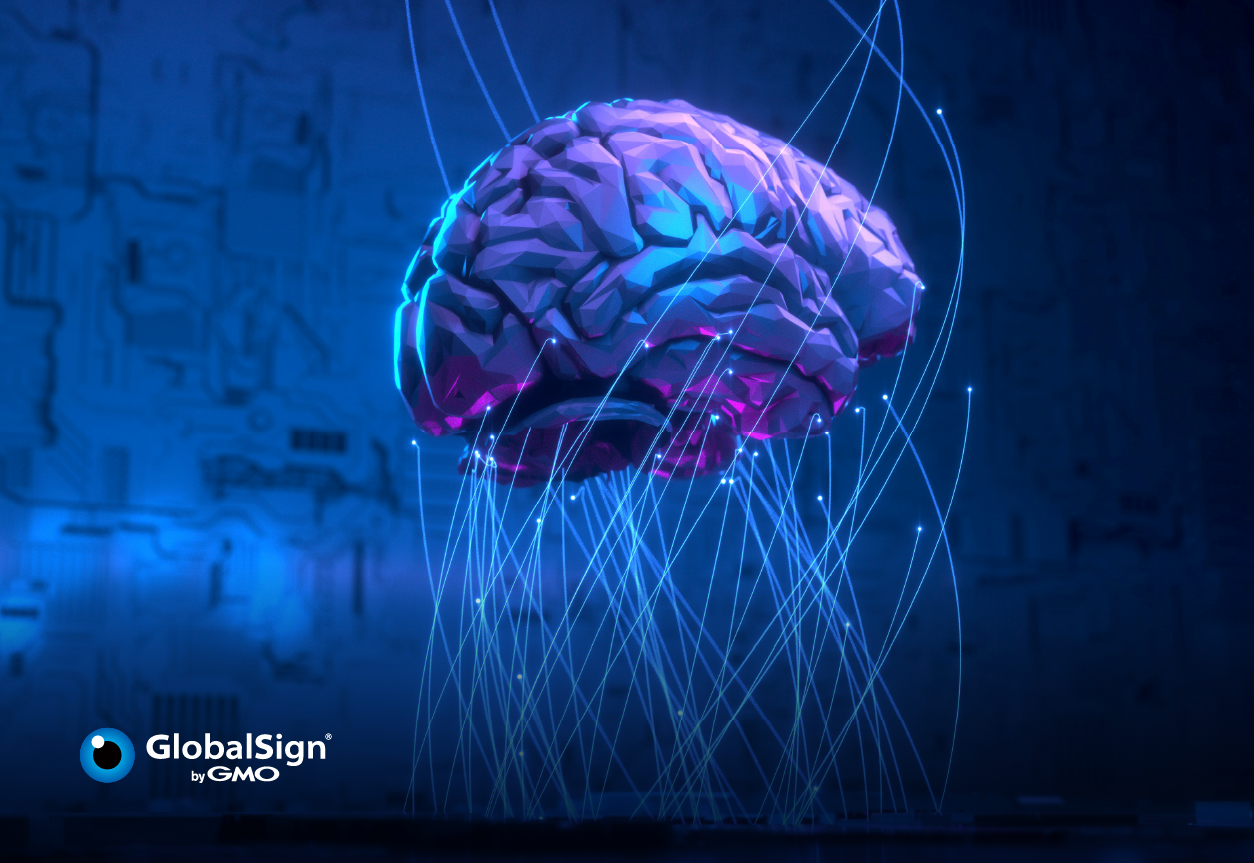The rapid evolution in the fields of Artificial Intelligence (AI) and Machine Learning (ML) has transformed the way organisations maintain and protect digital identities.
There has been a pivotal shift in digital identity security as a new era of proactive defence mechanisms has been enabled by integrating advanced AI/ML algorithms. These algorithms are capable of accurately and quickly detecting patterns and anomalies, facilitating real-time threat identification and response. Machine Learning models also evolve continuously, fortifying defences against emerging threats.
In this article, we explore the transformative power of AI and ML in safeguarding digital identities.
The Basics of AI and Machine Learning in Cybersecurity
AI and ML have disrupted the cybersecurity industry by introducing new tools and techniques to uncover and exploit vulnerabilities. The industry has responded by using their own AI tools to develop ways to mitigate threats, authenticate users, and manage vulnerabilities.
Artificial Intelligence simulates human intelligence processes with computer processes, while ML analyses data and information to build models that can understand patterns, derive concepts, or make predictions, which is a key component of AI.
In cybersecurity, AI and ML go beyond traditional security measures by detecting abnormalities and threats in network traffic and user behaviour, identifying malware and vulnerabilities, as well as improving user authentication and access control. They adapt to evolving threats in real time, revolutionising cybersecurity practices.
AI/ML algorithms can analyse huge amounts of data and identifying patterns and trends related to security threats. This enables automated and proactive cyber threat mitigation.
The Evolution of Digital Identity Security
Digital identity security has evolved from traditional methods to more advanced and secure approaches. Initially, protecting digital identities was reliant on usernames and passwords, in addition to other legacy methods like government-issued IDs, utility bills, and credit checks. However, these methods have proved to be limited in terms of security and efficiency.
Biometric authentication emerged as a milestone, leveraging physical features like fingerprints and facial patterns for verification, offering both security and convenience. Mobile-based authentication has made the process even smoother, in addition to the introduction of digital identity platforms that has centralised verification across the entire organisation.
Integration of AI technologies has enabled more accurate and efficient user and device authentication across entire networks and IT infrastructure.
AI and Machine Learning in Digital Identity Verification
AI and ML can be utilised in biometric authentication, facial recognition, and behavioural analysis.
Biometric Authentication
Biometric authentication utilises unique biological traits like fingerprints, facial features, voice patterns, iris scans, and behavioural characteristics such as talking speed.
AI-driven algorithms are instrumental in analysing and processing these biometric data points to ensure precise and dependable identification. A key advantage of biometric authentication lies in its accuracy, which is continuously refined through AI's machine learning capabilities. With each authentication attempt, systems learn and adapt, reducing false positives and negatives.
Facial Recognition
Facial authentication stands as one of the most widely utilised methods for identity verification, employed in tasks ranging from unlocking smartphones to accessing bank accounts. When a user activates facial recognition on their device, a facial scan is captured and analysed by AI to extract characteristic points, creating a biometric template. The template is subsequently compared with the user's live face scan during subsequent access attempts.
Behavioural Analysis
AI leverages users' digital footprints—comprising every click and interaction on digital platforms—to construct unique behavioural profiles. This enables AI to discern normal behaviour from abnormal patterns, enhancing threat detection capabilities.
AI-driven behavioural analysis identifies deviations and potential threats by monitoring user behaviour, providing an additional layer of security against identity theft and cyberattacks.
Enhancing Fraud Detection and Prevention
The escalating sophistication of cybercriminal tactics in identity fraud and the corresponding advancements in biometric security measures have made AI pivotal in safeguarding identities.
AI significantly bolsters the security and efficiency of biometric authentication systems, empowering your business to safeguard customer accounts and sensitive data, thus mitigating financial losses due to cyberattacks and fraudulent activities. Operating at unparalleled speeds and scales, AI ensures swift and seamless access to accounts for customers while maintaining precision to minimise the accidental rejection of genuine users.
What’s more. AI algorithms can detect and mitigate fraudulent activities, serving to safeguard both individuals and enterprises.
Through real-time monitoring of digital interactions, AI-driven fraud detection swiftly identifies suspicious behaviours, effectively thwarting potential threats. Furthermore, AI excels in identifying anomalous patterns and highlighting potential risks by swiftly analysing vast datasets.
Another advantage of AI systems is predictive modelling. With such techniques, you can anticipate emerging fraud patterns and proactively address evolving threats. Continuously refined through iterative learning processes, these models empower your organisation to remain at the forefront of combating new and dynamic fraud schemes.
For instance, if a customer abruptly modifies their account details and subsequently submits an email asking for a password reset, the AI system can flag this as a possible fraudulent activity. Continuous learning with ML is vital here, as AI algorithms can undergo training with fresh data to enhance their precision and efficiency progressively. As stated by PayPal Australia general manager Andrew Toon: “fighting AI with AI is the only way to combat cyber-crime and online fraud.”

Predictive Analysis and Threat Intelligence
One of the key strengths of AI in predictive analysis is its ability to process vast amounts of data in real time, allowing for proactive measures to be taken to prevent security incidents. It significantly improves the effectiveness of cybersecurity measures by enabling businesses to stay one step ahead of cyber threats.
Machine learning also plays a crucial role in developing advanced threat intelligence. Machine learning algorithms can analyse numerous sources of data, including network traffic, user behaviour, and threat feeds, to identify emerging threats and cyberattack patterns.
Continuously learning from new data inputs enables the algorithms to adapt and evolve to detect even the most sophisticated cyber threats.
To add, the use of machine learning in threat intelligence allows businesses to enhance their security posture by providing actionable insights into potential threats.
By automating the process of threat detection and analysis, machine learning empowers security teams to proactively detect and respond to cyber threats and incidents, limiting the impact on critical systems and data.
Challenges and Considerations
Implementing AI in digital identity security demands careful attention to balancing privacy concerns with stringent security measures.
As AI systems handle vast amounts of personal data for authentication and fraud detection, privacy risks and ethical considerations emerge, including transparency, algorithmic biases, and individual autonomy.
To strike the right balance, robust privacy policies, encryption techniques, and user consent mechanisms are essential.
Furthermore, regulatory frameworks are needed to ensure accountability, transparency, and fairness in AI-powered identity verification. The evolving AI technology poses risks of cyber threats like phishing and deep fakes, necessitating advanced cybersecurity measures and user education. Preserving privacy, ensuring inclusivity in access to digital identity services, and ethical AI development are fundamental.
Regulatory frameworks must dictate data practices and standards for identity verification, with collaboration among nations to establish consistent global standards.
Ethical AI development should ideally emphasise fairness, transparency, accountability, the common good, and privacy rights. Addressing these challenges and ethical considerations is important for effectively implementing AI in digital identity security while balancing privacy and security needs.
Preparing for an AI-Driven Security Landscape
Leveraging AI and ML in digital identity protection can help you enhance your preparedness for security threats and fraud attempts.
GlobalSign is the world’s leading Certificate Authority (CA), offering a wide range of digital signing and identity verification and management solutions that integrate the latest AI and ML technologies.
Get in touch now to start protecting your digital identities against evolving threats!






